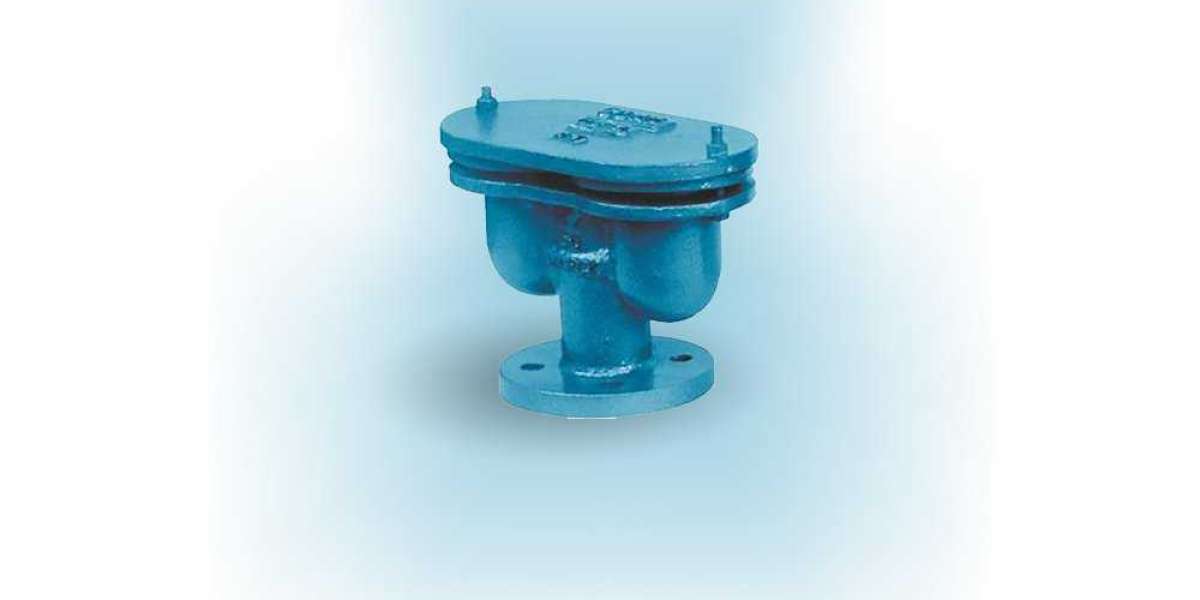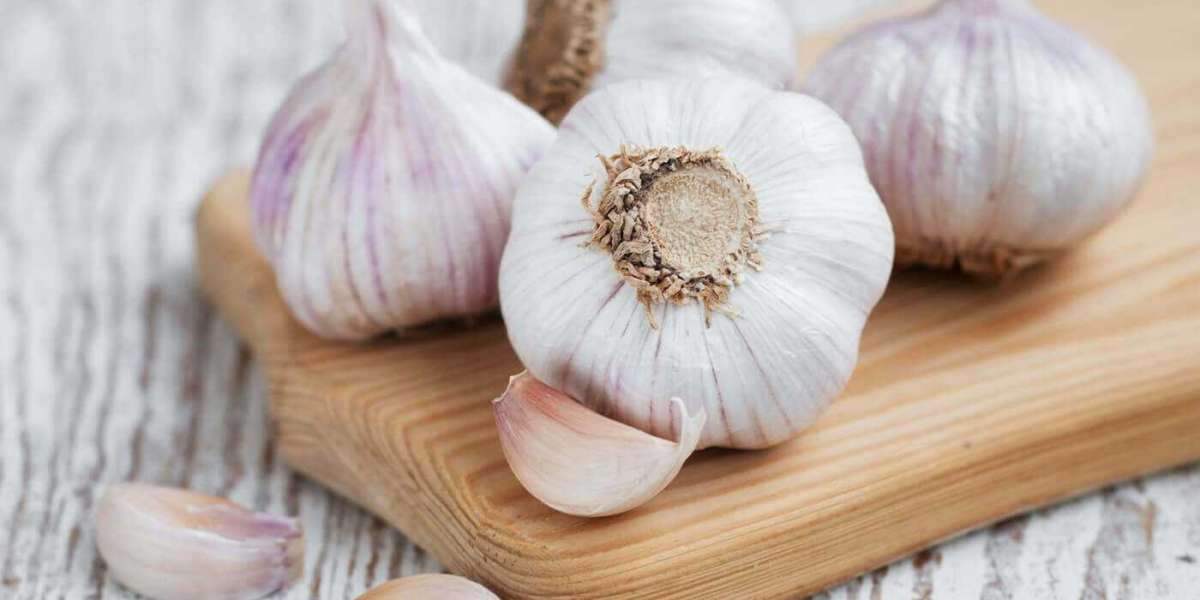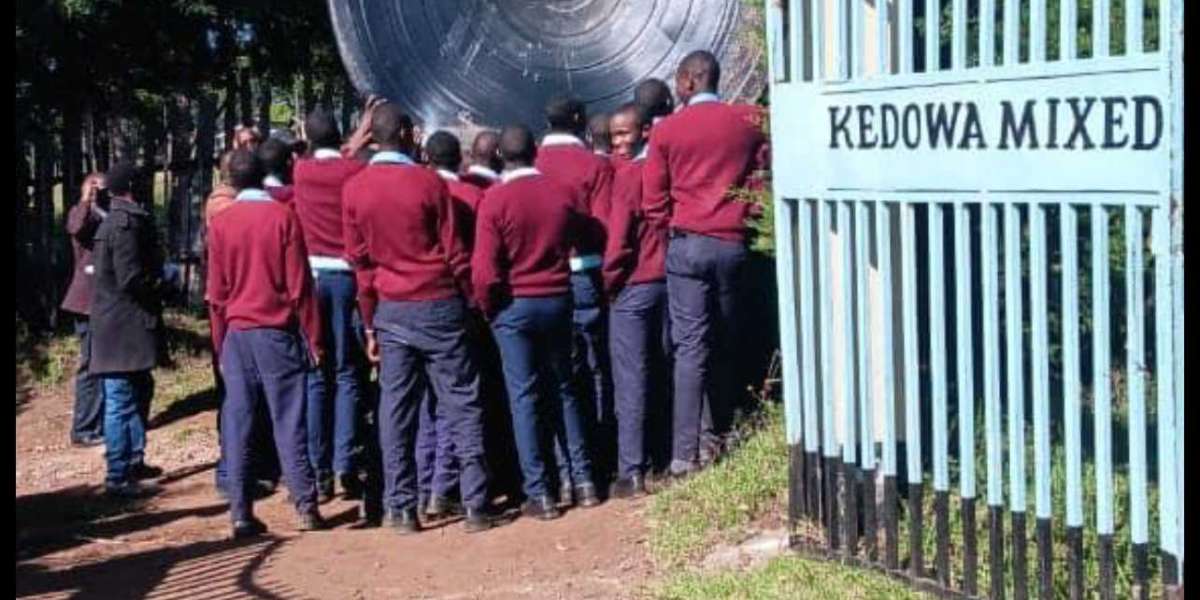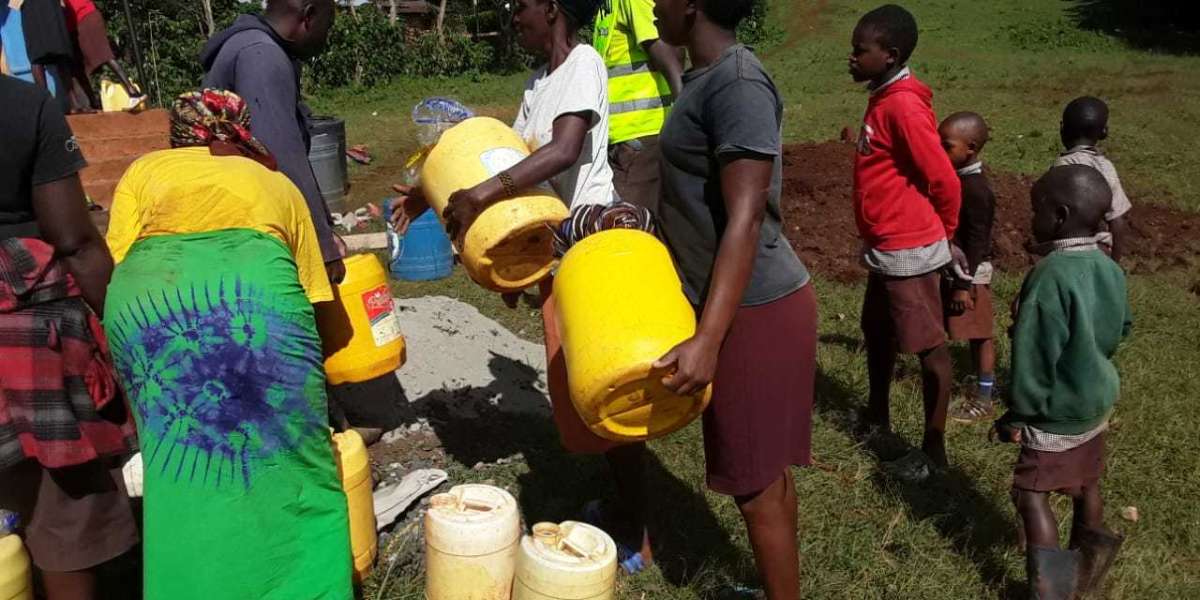In the world of fluid management, ensuring smooth and efficient flow through pipelines is crucial. One of the most overlooked but essential components in any pipeline system is the air valve. Specifically, Air Valves Single and Double play a vital role in enhancing system performance, preventing failures, and extending the lifespan of the infrastructure. At resilientgatevalve, we understand the importance of these valves in industrial and municipal projects across India.
In this blog, we’ll explore how air valves function, the difference between single and double types, and why they are critical for any well-designed pipeline system.
Understanding Air Valves: What Do They Do?
Air valves are designed to control the release and intake of air in a pipeline. They serve three primary purposes:
Release trapped air during normal pipeline operation.
Admit air during negative pressure situations to prevent vacuum conditions.
Exhaust large volumes of air when the pipeline is being filled.
Without these functions, air pockets can restrict flow, cause pressure surges (water hammer), and even lead to pipeline ruptures.
Types of Air Valves: Single vs. Double
Single Air Valve (Air Release Valve)
Single air valves continuously release small air pockets that accumulate at high points in the system during operation. These valves are typically used in water supply systems and ensure efficient water flow by preventing air blockages.
Double Air Valve (Combination Air Valve)
Double air valves combine the functions of an air release valve and an air/vacuum valve. They release air during operation and allow large volumes of air to enter or escape during filling and draining of the pipeline. These are ideal for long-distance pipelines and varying terrains.
At resilientgatevalve, we manufacture high-quality Air Valves Single and Double designed to perform reliably in diverse environments.
Key Benefits of Using Air Valves
1. Improved Flow Efficiency
Air pockets reduce the effective cross-section of the pipe, increasing energy consumption. Air valves eliminate these pockets, improving overall flow.
2. Protection from Vacuum Conditions
Negative pressure can collapse pipelines or suck in contaminants. Air valves prevent vacuum formation by admitting air when needed.
3. Minimized Water Hammer
Sudden changes in flow cause pressure surges, also known as water hammer. Air valves help absorb these shocks and stabilize pressure.
4. Enhanced Equipment Life
Reduced stress on the system leads to longer life for pumps, valves, and pipelines.
Applications Across Industries in India
Air valves are crucial in:
Municipal water supply systems
Irrigation and agricultural networks
Industrial processing units
Wastewater and sewage treatment plants
As a leading Resilient Seated Sluice Valve Manufacturer, we at resilientgatevalve ensure our air valves integrate seamlessly with other components like Non Return Valves, Pressure Reducing Valves, and Metal Seated Sluice Valves.
Integration with Other Valves
A well-designed fluid system doesn’t rely on a single type of valve. Here’s how air valves work in synergy with other components:
Resilient Seated Sluice Valves: These valves control water flow and work efficiently when air pockets are managed by air valves.
Non Return Valves (NRVs): Prevent backflow and maintain unidirectional flow. Air valves ensure NRVs aren’t compromised by trapped air.
Metal Seated Sluice Valves: Ideal for high-pressure and abrasive environments. Air valves reduce stress on these critical components.
Pressure Reducing Valves: Maintain downstream pressure levels. Proper air management ensures these valves function correctly.
Why Choose resilientgatevalve for Air Valves?
With decades of experience in fluid control, resilientgatevalve has earned its reputation as a top Resilient Seated Sluice Valve Manufacturer in India. Our air valves are:
Precision-engineered for reliability and durability
Tested under rigorous conditions
Made using corrosion-resistant materials
Available in a variety of sizes and configurations
We supply valves that meet the highest industry standards, supporting projects in urban infrastructure, agriculture, and industrial sectors.
Maintenance Tips for Air Valves
To ensure long-term performance:
Inspect valves periodically for leaks or blockages.
Clean or replace internal components as required.
Check for corrosion or wear, especially in harsh environments.
Always follow the manufacturer’s guidelines for installation and upkeep.
Our technical support team at resilientgatevalve is always available to guide you through selection, installation, and maintenance.
Future Trends in Air Valve Technology
As India’s infrastructure modernizes, air valve technology is also evolving. Key trends include:
Smart monitoring systems that detect air buildup or vacuum conditions in real-time.
Lightweight composite materials for improved corrosion resistance.
Energy-efficient designs that reduce operating costs.
resilientgatevalve is at the forefront of these innovations, delivering cutting-edge solutions for modern pipeline systems.
Conclusion
Air valves may be small in size, but their impact on pipeline performance is significant. Both Single and Double Air Valves ensure safe, efficient, and reliable operation of water and fluid transport systems. When integrated with valves like Metal Seated Sluice Valves, Non Return Valves, and Pressure Reducing Valves, they form the backbone of a high-performance network.
At resilientgatevalve, we don’t just manufacture valves—we deliver reliability, efficiency, and peace of mind. Whether you need a custom solution or a trusted partner for infrastructure development, we are here to serve as your reliable Resilient Seated Sluice Valve Manufacturer in India.








